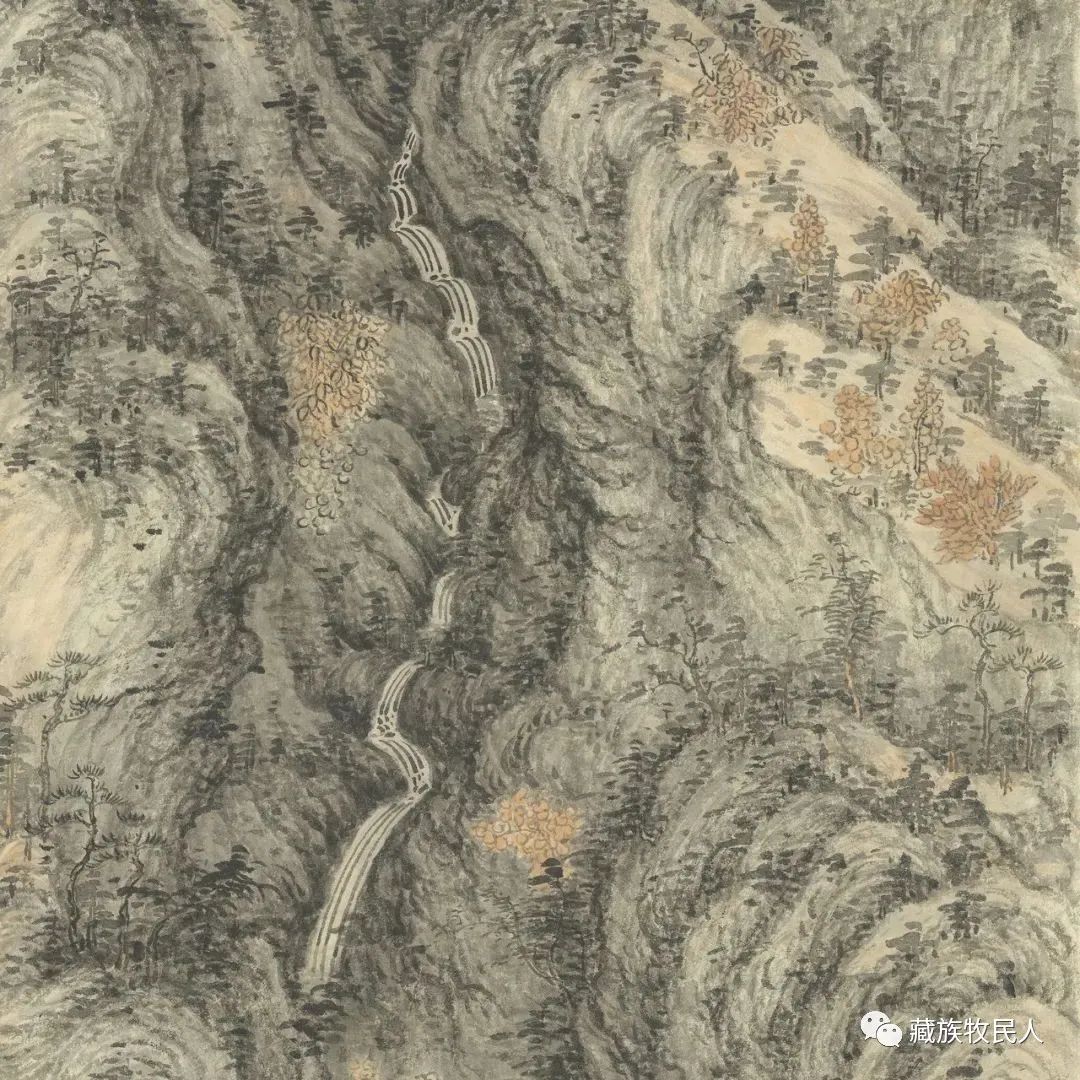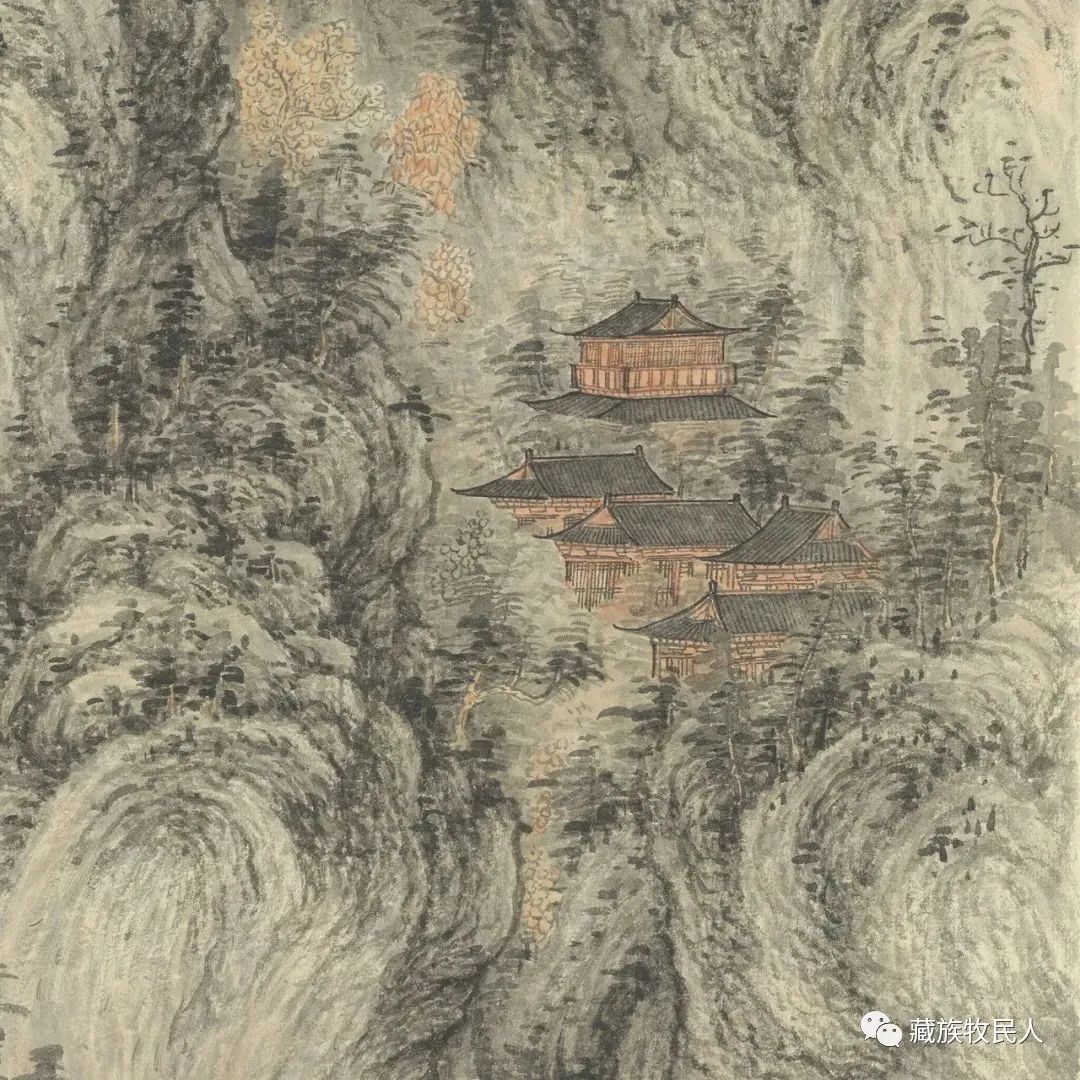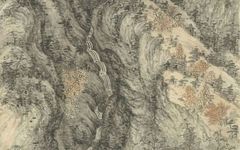Learn a little health knowledge every day by clickingthe blue text above to follow
Liuxin, also known as “Six Evils,” refers to the six external pathogenic factors: wind, cold, dampness, heat, dryness, and fire. These are collectively known as the six external pathogenic factors.
Under normal circumstances, wind, cold, heat, dampness, dryness, and fire are referred to as “Six Qi,” representing six different climatic changes in nature that generally do not easily cause illness. However! When climatic changes are abnormal (such as cold in spring when it should be warm, or heat in autumn when it should be cool), or when climatic changes are too abrupt (such as sudden extreme cold or heat), and when the body’s righteous qi is insufficient and resistance decreases, the “Six Qi” becomes the pathogenic “Six Evils,” which is considered evil qi.
The six evil pathogenic factors enter the body from the outside and are often related to seasonal climate and living environment. For example, wind diseases are common in spring, heat diseases in summer, dryness diseases in autumn, and cold diseases in winter; living in damp environments can easily lead to damp evil. The six evil qi can invade the body individually or in combination, causing illness. For instance, wind-cold colds, damp-heat diarrhea, and wind-cold damp bi syndrome. They can also transform into one another, such as wind-cold not resolving transforming into internal heat; heat evil not resolving can consume body fluids and transform into dryness; extreme heat can generate wind, etc.

“Wind” diseases mainly include two types:
The natural wind evil primarily invades the body’s surface and lungs, with common symptoms including fever, aversion to wind, cough, nasal congestion, stroke, tetanus, and wind pain, often occurring in spring but can also happen in other seasons.
Internal wind of the liver mainly includes blood deficiency, extreme heat generating wind, and liver yang transforming into wind.
“Cold” includes two types: external cold and internal cold.
External cold refers to cold evil attacking from outside, with external cold diseases mainly including cold injuring the spleen and stomach and cold evil invading the surface. Cold injuring the spleen and stomach is mainly caused by consuming raw and cold foods, leading to symptoms such as vomiting, nausea, abdominal pain, and diarrhea; cold evil invading the surface can cause cough, body aches, and joint pain.
Internal cold refers to the body’s weakened resistance and declining yang qi, with internal cold diseases mainly including three types: upper jiao yang deficiency, middle jiao deficiency cold, and lower jiao deficiency cold.

“Dampness” is divided into external dampness and internal dampness.
If the living environment is too humid, prolonged water work, or getting caught in the rain can easily lead to external dampness causing disease, with common external damp diseases mainly being surface dampness and damp bi syndrome.
Internal dampness refers to the disordered function of the spleen in transforming and transporting, leading to the accumulation and stagnation of fluids, with internal damp diseases mainly including damp stagnation in the upper jiao, damp obstruction in the middle jiao, and damp accumulation in the lower jiao.
“Heat” can be classified into two types based on severity: heat injury and heat stroke.
Heat injury symptoms are milder and caused by heat, with main symptoms including general fever, dry mouth, fatigue, and excessive sweating;
heat stroke is mainly caused by activities in high-temperature, intense sunlight environments, and can vary in severity, with severe cases leading to fainting, cold sweat, rapid pulse, and weak pulse.
Additionally, as heat easily carries dampness, people are also prone to heat-damp diseases, with main symptoms including weakness in the limbs, loose stools, yellow urine, loss of appetite, nausea, and chest tightness. Heat diseases mainly occur in summer.

“Dryness” is divided into external dryness and internal dryness.
External dryness is mainly caused by external dry evil invading the body. External dryness is divided into warm dryness and cool dryness. Warm dryness often occurs in early autumn, with main symptoms including fever, headache, dry cough, thirst, and irritability; cool dryness often occurs in late autumn, with main symptoms including fever, headache, dry skin, and cough with little phlegm;
Internal dryness is mainly due to insufficient body fluids and deficiency of essence and blood, with main symptoms including dry skin, constipation, emaciation, and dry hair.
“Fire” syndrome is mainly divided into real fire and empty fire.
Real fire symptoms include general fever, constipation, thirst, flushed face, red eyes, red tongue, irritability, hematuria, and hematochezia;
Empty fire symptoms include flushed face, irritability, insomnia, dry mouth, short and red urine, dry cough, and less tongue coating.
Images and text are sourced from the internet; please notify for removal if there is any infringement.Special reminder: A beautiful day begins! If you like the article, don’t forget toclick the “Looking” button at the bottom right of the article or share it with your friends.If you have any questions, feel free to leave a message, and I will answer them one by one!

